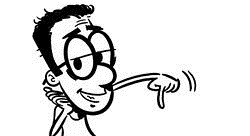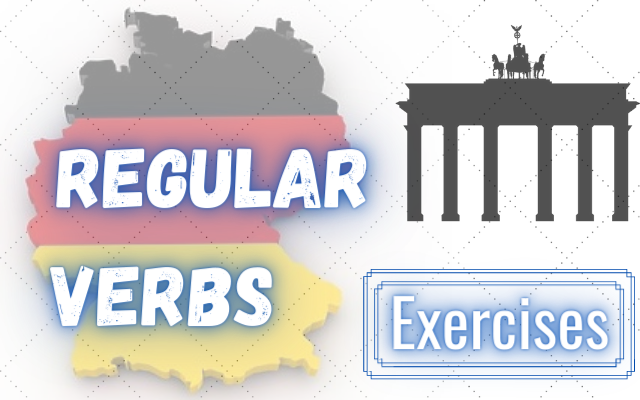
Hello dear student, today we are going to dive into some important basic elements of the German language, which are the definite articles “Der”, “Die”, and “Das”.
Understanding these is essential as they are used very frequently. The German language has a system of grammatical gender and every noun is either masculine (Der), feminine (Die), or neuter (Das).
These words, essentially, mean “the” in English. However, the gender does not always follow logic. For instance, “Mädchen” (girl) is neutral and “Auto” (car) is neuter. But do not worry, with enough practice, you will get used to this.
Now, we are going to engage in a series of exercises to get more comfortable with “Der”, “Die”, and “Das”. We’ll start by rearranging some jumbled sentences, followed by a translation exercise from English to German.
Next, we will practice some vocabulary involving these articles and finally, you will translate a small text using everything you have learned.

1) Put the Sentences in the Correct Order – Der, Die and Das
a) ist / das / buch / interessant
Das buch ist interessant.
2) Translate these Sentences – Der, Die and Das
a) The dog is big.
Der Hund ist groß.
3) Practice your Vocabulary with Der, Die and Das
a) The Dog – The Cat – The Horse
Der Hund – Die Katze – Das Pferd
4) Practice Your Writing by Translating this Small Text Taking Der, Die and Das into Consideration
Well done on completing these exercises on “Der”, “Die”, and “Das”. The key to mastering these articles is practice.
Try to immerse yourself in the language as much as possible by reading books, watching German shows, and speaking in German whenever you can.
As you continue to expose yourself to the language, you will begin to intuitively know which article to use, just like a native speaker.
Keep up the good work and continue practicing. Remember, learning a new language is a marathon, not a sprint. Be patient with yourself, and soon, you will be communicating with ease and confidence in German.








